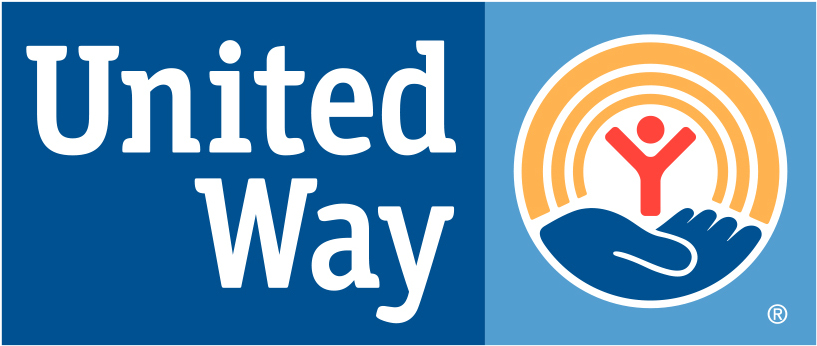In a country with an abundance of food and great wealth, it shocks me that last year 41 million people struggled with hunger in the United States, including more than 12 million children. There are hungry people in every community, rich and poor. In the face of such a daunting problem, we do well to remember the words of Mother Teresa, “If you can’t feed a hundred people, then feed just one.”
During Hunger Action Month, food banks, soup kitchens, community gardens and other sites in your community need you to help “feed just one.” Anyone can find a volunteer role that suits their skills and schedule, such as:
- Sort food, check expiration dates, and pack food for distribution
- Distribute food to families facing hunger
- Maintain and harvest fresh produce grown at local farms or community gardens
- Run a food drive at your business, organization, department, school, or civic group
- Organize or join a meal packing event so that families and children have shelf-stable meals at the ready year-round
- Assemble snack packs for local schools. The snacks will be used by teachers and/or school nurses when a student is in need of food.
- Provide office support at food centers
- Urge your elected officials to protect SNAP (Supplemental Nutrition Assistance Program), which helps put food on the table for many working families who struggle to get by.
This past summer, Kellogg’s supported United Ways across the country in their mission to combat the growing issue of food insecurity. Through United Against Food Deserts, volunteers worked tirelessly to make a lasting impact on their local communities by immersing themselves in community garden projects. Because of Kellogg’s support, about 3,000 individuals living in food deserts now have access to nutritious food.
Your local United Way can help you find a good way to volunteer. For example, the Gemma E. Moran United Way/Labor Food Center, operated by United Way of Southeastern Connecticut, is working to reduce hunger and food insecurity through a network of programs like food pantries, child care programs, community meals sites, and programs for the elderly. These member agencies visit the Food Center’s warehouse each week to “shop” for food that’s been donated by the community.
And the Mobile Food Pantry brings food directly to those in need. Guests receive about a week’s worth of food, with special emphasis on fresh produce and healthy food items. Volunteers from local businesses and organizations provide extraordinary manpower to help prepare food, set up the distributions and assist guests at 10 stops each month. It’s like being at a farmer’s market, with all the great feeling of community you’d expect.
People from all walks of life can become food insecure; many Americans are just one financial struggle away from being hungry. It takes volunteers banding together to help our neighbors, one meal at a time.
![]()

